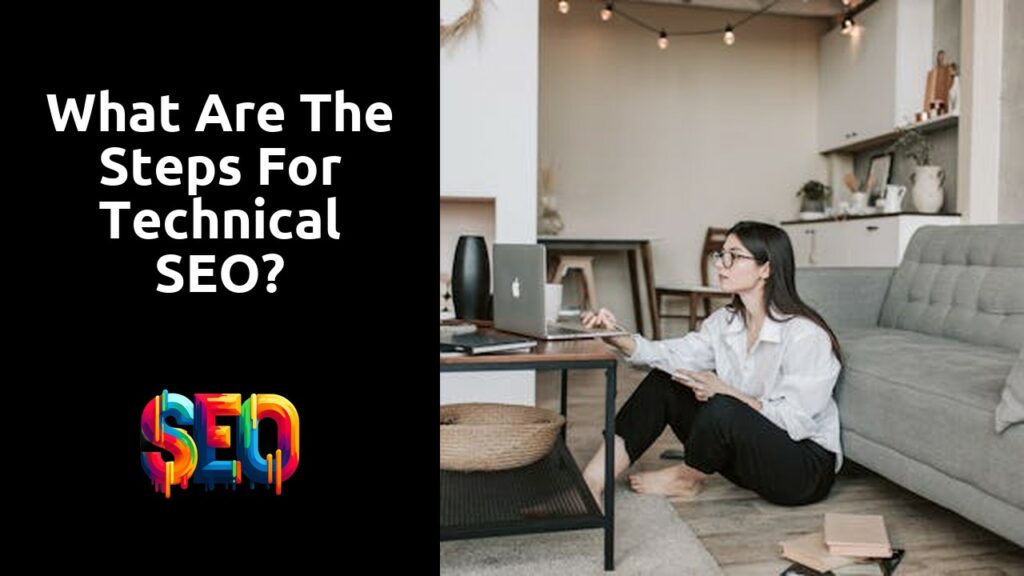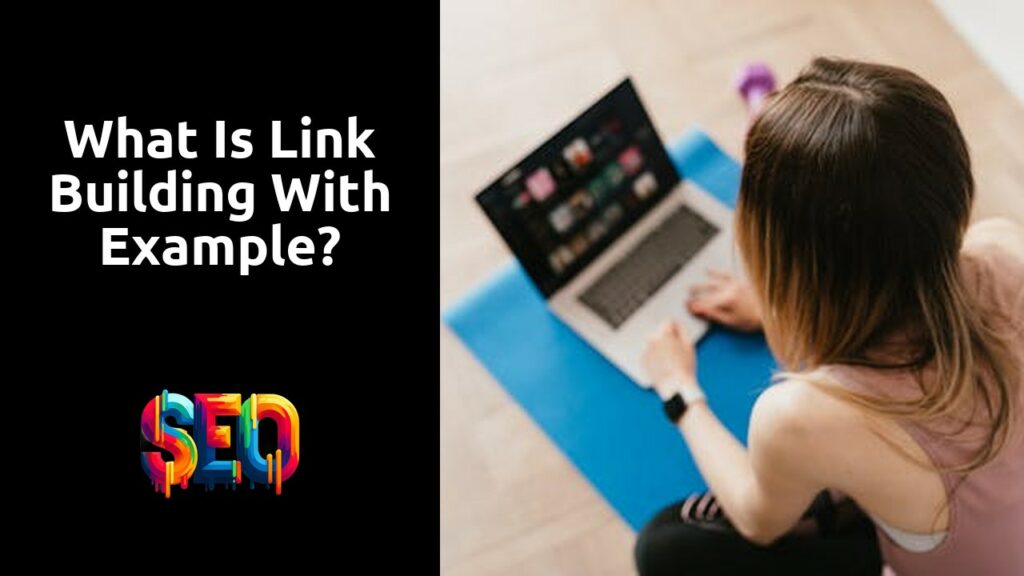Table Of Contents
Internal Linking
Internal linking is a crucial on-page factor of SEO that involves connecting different pages within a website through hyperlinks. By strategically placing internal links within the content, website owners can guide users to other relevant pages, improving user experience and facilitating site navigation. This not only helps visitors discover more about a particular topic but also allows search engines to crawl and index the website more effectively.
Moreover, internal linking can assist in spreading link equity across the website, enhancing the authority of different web pages. When done correctly, internal links can also help search engines understand the hierarchy and structure of the website, indicating the most important pages. This can positively impact the overall SEO performance of a website by improving visibility in search engine results and driving organic traffic to relevant web pages.
Enhanced Site Navigation
Enhanced site navigation plays a crucial role in improving user experience and increasing the overall usability of a website. By optimizing navigation elements such as menus, breadcrumbs, and internal links, users can easily find the information they are looking for without getting lost or frustrated. A clear and intuitive navigation system also helps search engine crawlers to better understand the structure of the website, leading to improved indexing and ranking.
Implementing a logical hierarchy of pages with descriptive anchor text for internal links can further enhance site navigation. This not only helps users to navigate through the website seamlessly but also distributes link equity throughout the site, boosting the authority of important pages. In addition, optimizing navigation for mobile devices by utilizing responsive design techniques ensures that users on smartphones and tablets can easily access and navigate the website, contributing to a positive user experience.
Page Speed
Page speed is a critical factor in determining the overall performance of a website. It refers to the time it takes for a web page to load completely. Fast-loading pages not only provide a better user experience but also have a positive impact on search engine rankings. Studies have shown that users are more likely to abandon a website if it takes too long to load, emphasizing the importance of optimizing page speed.
There are several strategies that can be implemented to improve page speed, such as compressing images, leveraging browser caching, and reducing server response time. Minification of CSS and JavaScript files can also help in making the website load faster by removing unnecessary spaces, comments, and characters. By prioritizing page speed optimization, website owners can enhance the overall user experience, increase engagement, and improve search engine visibility.
Minification of CSS and JS
Minification of CSS and JS plays a crucial role in optimizing a website’s performance. By reducing the size of these files, the loading time of web pages can be significantly improved. This process involves removing any unnecessary characters, such as spaces and comments, to streamline the code and make it more efficient.
Apart from improving page speed, minification also contributes to enhancing the overall user experience. Faster loading times not only satisfy visitors but also align with search engine algorithms that prioritize websites with quick loading speeds. Implementing minification techniques for CSS and JS files is a fundamental aspect of on-page SEO that shouldn’t be overlooked when aiming to boost a website’s visibility and usability.
Mobile Responsiveness
Mobile responsiveness is a critical on-page factor in SEO that directly impacts a website’s user experience and search engine rankings. With the increasing use of mobile devices for internet browsing, search engines like Google prioritize mobile-friendly websites in their search results. Websites that are not mobile responsive may face lower rankings and decreased visibility in search engine results pages.
Having a mobile-responsive website means that the site is designed to adapt and function seamlessly on various screen sizes and devices, such as smartphones and tablets. This ensures that users have a consistent and optimized experience regardless of the device they are using to access the website. A mobile-responsive website not only improves user satisfaction but also helps in reducing bounce rates and increasing engagement, ultimately leading to higher conversions and improved SEO performance.
Adapting to Various Device Sizes
Adapting to various device sizes is crucial in today’s digital landscape. With a myriad of devices available to access websites, ensuring that your website is responsive and can adapt seamlessly to different screen sizes is paramount. Gone are the days where websites were viewed only on desktop computers – now users access websites on smartphones, tablets, laptops, and even smart TVs. Therefore, by designing your website to be responsive, you are enhancing the user experience and ensuring that your content remains accessible and visually appealing across all devices.
Responsive design goes beyond just fitting content onto a smaller screen. It involves creating a layout that adjusts based on the size and capabilities of the device being used. This means that elements like text size, image placement, and navigation menus are optimized for each device, providing a user-friendly experience regardless of how someone is accessing your site. By prioritizing mobile responsiveness, you are not only meeting the needs of your users but also improving your search engine ranking, as search engines like Google now prioritize mobile-friendly websites in their rankings.
FAQS
What is internal linking in terms of on-page SEO?
Internal linking refers to linking one page of a website to another page within the same website. It helps search engines understand the structure and hierarchy of the website, which can improve overall SEO.
How does enhanced site navigation contribute to on-page SEO?
Enhanced site navigation makes it easier for users to navigate through a website, leading to better user experience. Search engines value user-friendly websites, so improved navigation can positively impact on-page SEO.
Why is page speed considered an important on-page SEO factor?
Page speed refers to how quickly a webpage loads. Faster loading times lead to better user experience, which can result in higher search engine rankings. Search engines prioritize websites that provide a smooth and fast user experience.
What is minification of CSS and JS and how does it affect on-page SEO?
Minification of CSS and JS involves removing unnecessary characters from code to reduce file sizes and improve load times. This optimization technique can enhance page speed, leading to better on-page SEO performance.
How does mobile responsiveness play a role in on-page SEO?
Mobile responsiveness ensures that a website is optimized for various device sizes, providing a seamless user experience across different screens. Search engines prioritize mobile-friendly websites, so having a responsive design can improve on-page SEO.


